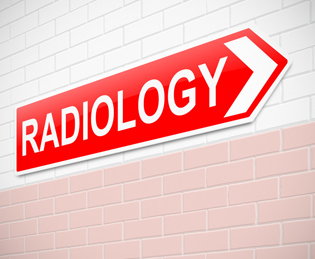 Most radiology departments have begun to transition from paper-based imaging requests to electronic orders originating in an EHR system with a view to streamlining their workflow. Access to EHRs can have a significant impact on radiology decision making. Electronic record systems provide a more in-depth clinical documentation that helps radiologists in taking the right decision.
Most radiology departments have begun to transition from paper-based imaging requests to electronic orders originating in an EHR system with a view to streamlining their workflow. Access to EHRs can have a significant impact on radiology decision making. Electronic record systems provide a more in-depth clinical documentation that helps radiologists in taking the right decision.
A 2014 study published in Health Affairs found that EHRs play a critical role in radiology decision making and influence medical management in a number of cases involving imaging. In this study, three neuroradiologists analyzed 2,000 consecutive head computed tomography (CT) exams ordered by emergency department (ED) physicians. On comparing the medical information generated by ED physicians with the information generated by the interpreting radiologists who had access to additional EHR-derived patient data for each head CT exam, the following was observed:
- In 6.1 percent of the cases, the neuroradiologists came to the conclusion that the additional information available in the electronic record system was very likely to have influenced how the exams were interpreted and how the patients were treated based on the interpretations. In the cases where information from EHR was not available, the neuroradiologists often failed to recommend further imaging or may have gone wrong in patient diagnosis.
- In 16 percent of the cases, the neuroradiologists came to a conclusion that the additional information within the electronic record system possibly affected how the cases were interpreted, diagnosed and treated.
- In 13.4 percent of the studied cases, without appropriate EHR access there was a negative impact on patient management.
EHR systems act as a decision support tool that can help minimize medical errors that stem from human oversight or error. Within the integrated EHR system, physicians can include accurate medication and patient history lists, notes and make the charts immediately available on a cross use platform so that other providers can quickly access the information they want and take the right decision. Here are the major benefits of having an electronic health record system for radiology documentation.
- Possible to transfer a patient’s data from one department to another quickly and efficiently
- Transitioning from physical storage space to a digital one opens up more physical space for healthcare operations
- With EHRs you can reduce the time required to find, analyze and implement patient records, serve more patients in a day, and enhance your workflow and productivity
- EHR solutions are customizable and scalable
However, electronic health records have the risk of copy-paste errors and limitations for narrative descriptions. Blending EHR with transcription would be an effective solution to address these challenges. In this approach, physician dictations are transcribed by skilled and experienced medical transcriptionists, reviewed by editors and proofreaders to ensure accuracy and the transcribed data is entered into appropriate fields in the electronic record systems. Physicians can continue with their practice of dictation and also have their documentation completed in a timely manner.


